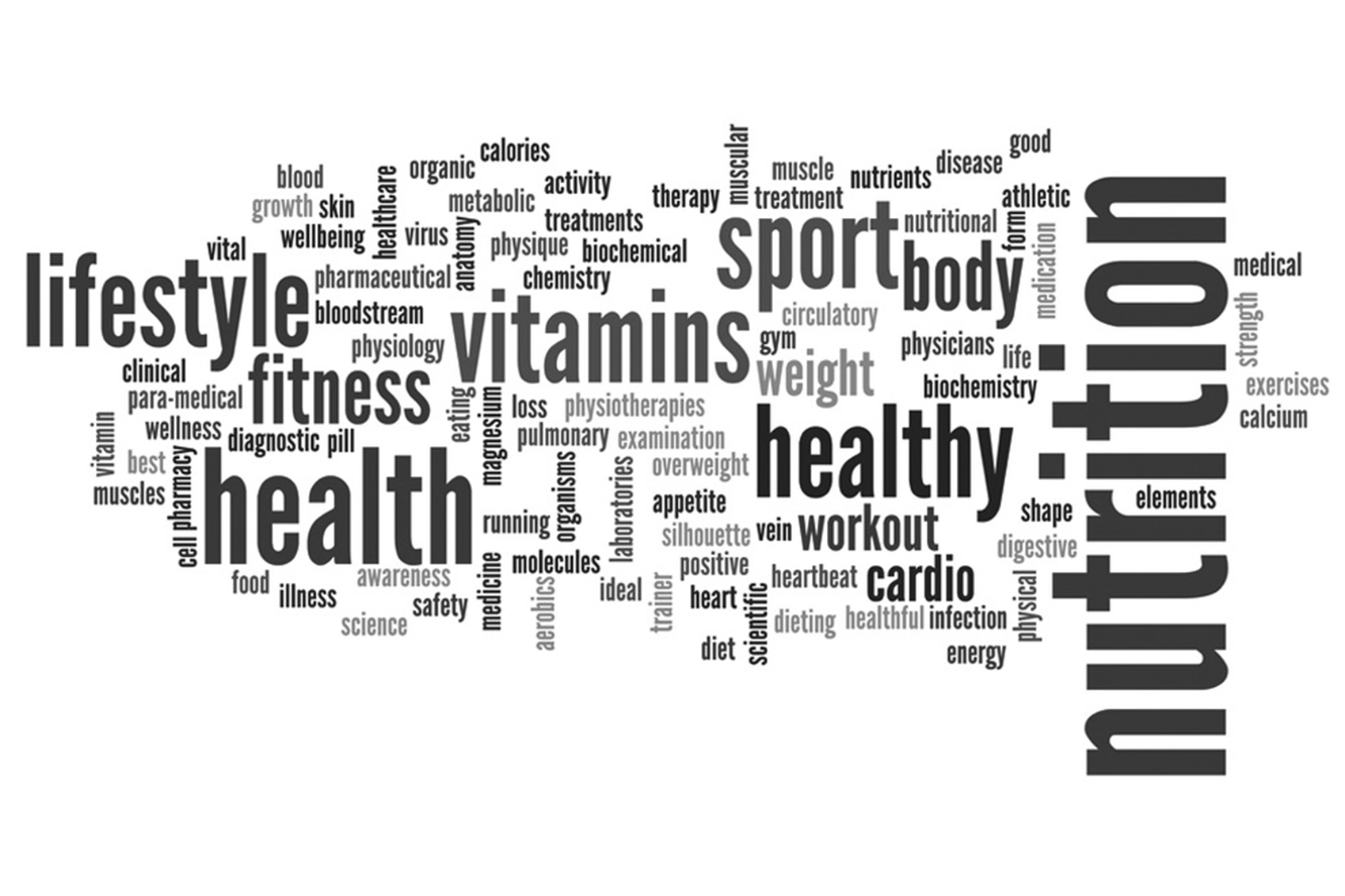Eating a varied diet that has servings of carbohydrates, protein, good fats and plenty of fruit and vegetables, will help the body get all the essential vitamin, minerals and macronutrients that are needed for the body to perform its daily tasks.
However when participating in regular exercise our bodies are placed under greater stress, creating larger demands of certain macro and micro nutrients to make sure our bodies are performing to their best of their ability and recovery in time for the next session..
There are two main factors to think about in the recovery process.
- Muscle fibres are damaged and need to be repaired through consuming 10-20g of protein alongside carbohydrates, post exercise to enhance muscle uptake and retention of amino acids.
- When performing exercise, our bodies are using carbohydrates to fuel the muscles, and losing valuable fluid through sweat.
If we don’t replace these, our performance will be significantly affected, due to the low stores.
Choosing high carbohydrate meals, with low fat levels, will allow the body to rapidly restore muscle glycogen.
FACT: It takes 20-24 hours for muscles to fully replace glycogen levels from a depleted state
Choosing water as your first drink after exercise will help to replace fluid loss rapidly. If you have trained at a high intensity or for lengthy duration, choosing an electrolyte drink will also help to replace the sodium and potassium lost through sweat.
How Nutrients are stored in the Body
Carbohydrates:
These are stored in the muscle cells and liver as glycogen. This is the body’s main source of energy for the muscles. But unfortunately the body can only store a certain amount of glycogen in the muscles and so carbohydrates need to be consumed regularly to top stores up.
Liver glycogen maintains blood sugar levels, fuels the vital organs, and will provide a small amount of energy if muscle glycogen has been depleted.
Protein:
Protein is the major structural component of all cells in the body, especially muscle.
It’s used to repair muscle damage, replace red blood cells, plasma proteins, and form enzymes and cell membranes. It produces hormones and boosts the immune system, and is also used totransport oxygen from the lunges to the working muscle.
Fat:
Fat is stored in the adipose tissues. It is a very high source of energy, making it very useful for endurance athletes.
It has many uses including, providing energy for the heart, cushioning vital organs, preserving proper brain and nervous system function and growth and development of the body, regulating blood pressure, and aiding in blood clotting.
Monounsaturated fats help absorb nutrients, especially fat soluble vitamins A, D, E & K, and are also used alongside polyunsaturated fats to reduce total cholesterol, triglycerides and LDL cholesterol, while increasing HDL cholesterol in the blood.
Vitamins:
There are two types of vitamins, water soluble and fat soluble.
Fat soluble vitamins A, D, E & K, dissolve in fate and can be stored in the body.
Water soluble vitamins C and B complex; dissolve in water before the body can absorb them. This doesn’t allow the body to store water soluble vitamins and so we need to ingest these vitamins from our diet.
Vitamins have a wide range of jobs to perform, including helping in energy release, forming blood cells, assisting in maintaining healthy bones and teeth, and in the metabolism of nutrients.
Fact: There is a thought that as some vitamins aren’t stored in the body, that it is beneficial supplementing with certain vitamins, or even taking larger than recommended doses. This is a myth. Most people can get the daily recommended vitamin intake through eating a varied diet. Ingesting large amounts of one vitamin can lead to nausea, abdominal cramps and diarrhoea.
Minerals:
Minerals are stored in the cells, blood, muscles and extracellular fluid.
Their jobs include, helping the body produce energy, helping in the role of carrying oxygen in red blood cells to tissues throughout the body. Forming teeth and bones, supporting proper function of nerves and muscles, helping blood clot, regulating genetic activities and metabolic rate, and stabilising blood sugar.
Macro Nutrient use during Exercise:
When performing low intensity exercise the body can use fat or carbohydrate to fuel itself, but will generally use both in equal amounts.
As you start to increase your intensity, the body will rely more on carbohydrate as the primary source of fuel.
Protein is not normally used as a fuel source, except in the case of endurance athletes, who can utilise it after they have depleted their glycogen stores.
Endurance athletes us e predominantly their slow twitch muscle fibres which utilise fat, while power/strength athletes and unconditioned athletes utilise more fast twitch muscle fibres, utilising predominantly carbohydrates to fuel their exercise.





Leave A Comment